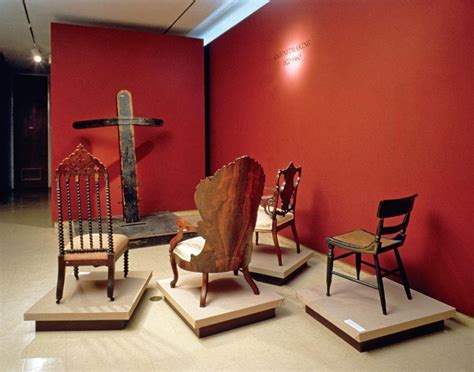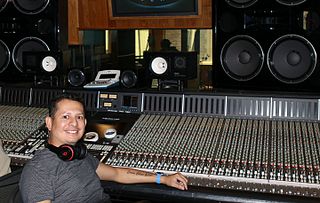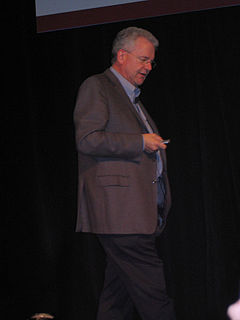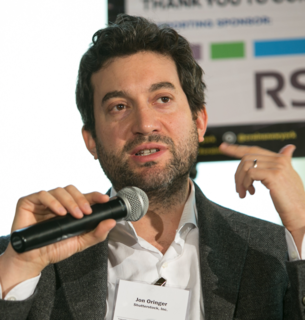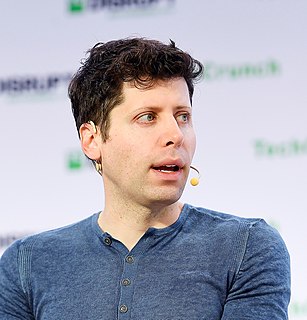A Quote by William Mougayar
A new DAO is like a startup. It requires a product/market fit, business model realization, and a lot of users/customers.
Related Quotes
Customers are a great way to finance a business for many reasons. First, customer financing is typically non dilutive. They want something from you other than equity in your business. Customers also help you fit your product to the market. And customers will help debug and improve the quality of the product.
Having the ability to be brutally honest with yourself is the greatest challenge you face when creating a business model. Too often we oversell ourselves on the quality of the idea, service, or product. We don't provide an honest assessment of how we fit in the market, why customers will buy from us, and at what price.
Companies that acquire startups for their intellectual property, teams, or product lines are acquiring startups that are searching for a business model. If they acquire later stage companies who already have users/customers and/or a predictable revenue stream, they are acquiring companies that are executing.
To fix the business, to bring it back to health, you must assimilate enough of the disruptive innovation to modernize the operating model without jettisoning your business model. This typically requires new leaders and definitely requires new (if temporary) rules. The CEO is the only person who can dictate the correct terms in a timely manner and maintain the enterprise's commitment to those terms for the duration of the rehabilitation effort.
I think a much better use of time and resources is to really focus on your existing users or customers and figure out what changes can you make in the Web site, the service, the product, whatever, to get them to come back more often to generate that repeat business and once you kind of figure out that formula, then when you get new customers the whole thing just kind of grows exponentially.
From the very first inkling of a concept, founders need to gather a target group of five to ten potential users to begin the feedback loop. We all think we know how the market will react to new ideas, but actual users live with the pros and cons of the existing market conditions every day. They are the market experts.
80% of all products and services that will be on the market in five years do not exist today. So therefore, always be innovative, always be creative, always think, 'What new products or services could I create, could I represent, could I joint venture?" Sometimes you can find someone else that has a fabulous product or service that you can use your existing business or resources to sell and you can double your income or sales in your business by selling somebody else's product to the same customers that are buying yours.

